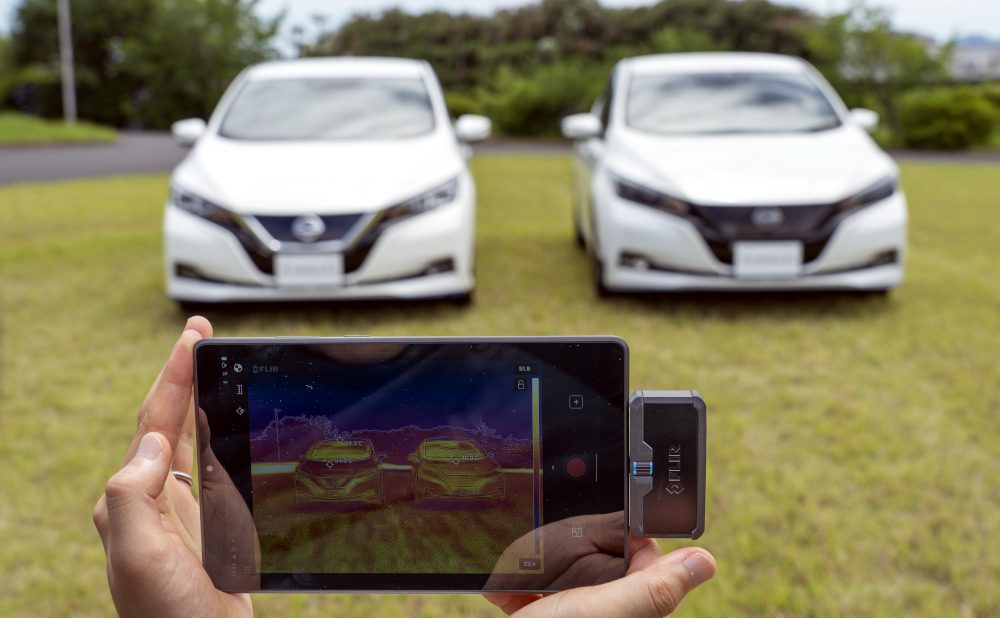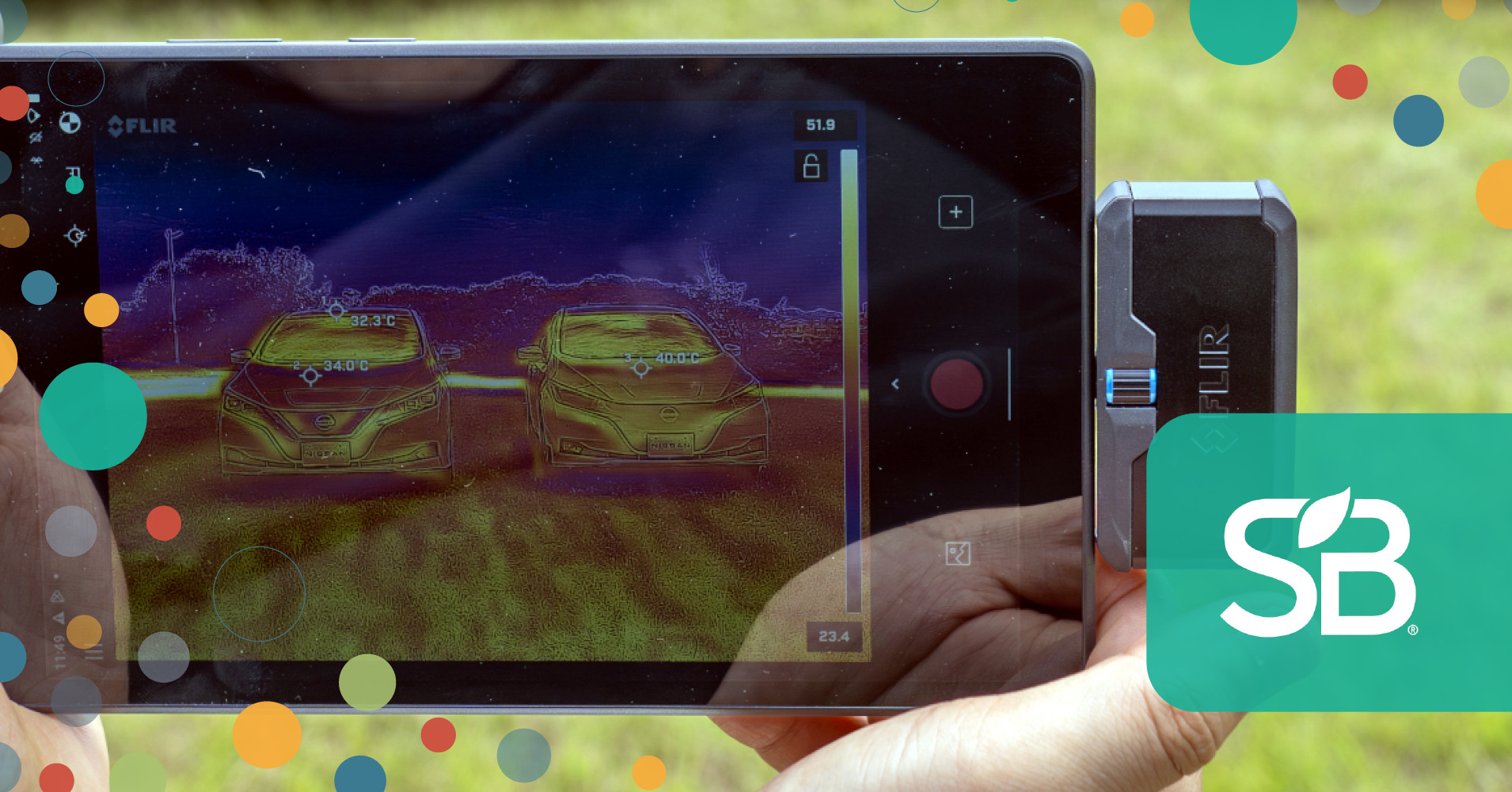The cooling effect of the paint is most noticeable when the vehicle is parked in the sun for a long time. A cooler interior reduces the load on the air conditioning system – and relieves the battery in electric vehicles.
Nissan has a Next generation car paint The aim is to lower the temperature in the vehicle interior in summer and reduce the energy consumption of the air conditioning system.
Developed in collaboration with Radi-Coola specialist in radiant cooling products, contains the color
Metamaterial — synthetic composite materials with high solar-reflecting properties.
The project is part of Nissan’s pursuit of differentiated innovations that make travel easier and help create a cleaner, more sustainable society.
In November 2023, Nissan launched a 12-month feasibility study at Tokyo International Airport at Tokyo. In collaboration with Japan Airport Terminal Co., Ltd; Radi-Cool Japan And All Nippon Airways
(ANA) Airport service, Nissan’s “cool color” was applied to a NissanNV100 ANA Airport Service vehicle. With its large, open runway, Haneda Airport provided the perfect environment to test the paint’s performance in a high-temperature environment under real-world conditions.
Consumers are increasingly aware of sustainability claims
Join us for insights from brands like Applegate on the marketing lessons learned from consumer response to sustainability claims on CPG packaging at SB’24 in San Diego, October 14-17.
Although still in the testing phase, the results so far are impressive. Vehicles parked next to each other in the sun, painted with Nissan’s cool livery, showed a Reduction in outside surface temperatures by 21.6 °F and up to a
9°F cooler interior — compared to a vehicle with conventional car paint.
The cooling effect of the paint is particularly noticeable when the vehicle is parked in the sun for long periods of time. A cooler interior is not only more pleasant to enter, but the air conditioning also needs to run for less time to cool the interior down to a comfortable temperature. This helps to reduce the load on the engine – or in the case of an electric vehicle, the battery. With both powertrains, an improvement in efficiency as well as occupant comfort can be expected.
The metamaterial embedded in Nissan’s Cool Paint consists of two microstructured particles that respond to light. One particle reflects near-infrared rays in sunlight that normally cause molecular vibrations in the resin of conventional paints, generating heat.
The second particle enables the real breakthrough: it generates electromagnetic waves that counteract the sun’s rays – and redirects the energy away from the vehicle and into the atmosphere. Together, the particles in Nissan’s cool paint reduce heat transfer to surfaces such as the roof, hood, doors and panels.

Photo credit: Nissan
Leading the development is Dr. Susumu Miura, Senior Manager and Expert at Advanced Materials and Processing Laboratory at Nissan Research CenterHe played a leading role in Nissan’s award-winning noise-reducing acoustic material and devoted much of his career at Nissan to researching ways to make cars quieter, cooler and more efficient.
“My dream is to build cooler cars without using energy,” Miura explained. “This is especially important in the age of electric cars, where the burden of air conditioning in the summer can have a significant impact on the charge level.”
Although radiant cooling paint is nothing new, it is typically used for the exterior of buildings, such as
Building And Freight containeras well as paved floor areas
— especially in cities, to Heat island effectHowever, it is often very thick and must be applied with a paint roller. Without a clear top coat, it can leave a chalky residue when touched.
Miura said that when developing a car version, the main challenges he had to consider were ensuring that the version could accept a clear topcoat, be applied with a spray gun (not a roller), and meet Nissan’s strict internal quality standards.
Since development began in 2021, Miura and his team have tested over 100 samples and are currently testing a thickness of 120 microns – about six times thicker than typical car paint. They have confirmed resistance to salt and chipping, peeling, scratches and chemical reactions; as well as high color consistency and repairability. As development progresses, Miura and his team continue to explore thinner options that provide the same cooling performance.
While testing and development is still ongoing, Miura’s goal is to soon be able to offer the cool paint by special order and in a range of colors. He sees great potential – especially for light commercial vehicles such as vans, trucks and ambulances that are on the road for most of the day.
While some other automakers have started testing cooling technologies, including Toyota‘S Solar roofs to the inheritance Prius
models (a feature that has since been discontinued; the solar roofs now help charge the battery) and Hyundaihas just been introduced Nano cooling filmno approach or innovation has made it into the mainstream – a failure that the industry will hopefully soon correct, as every year hotter than the last.

